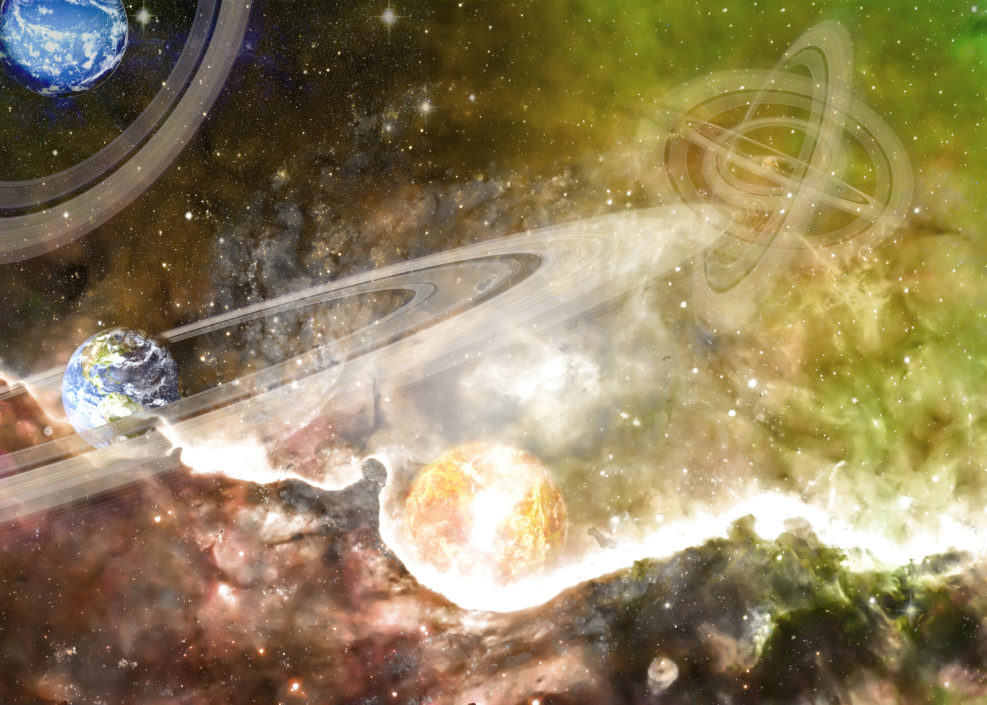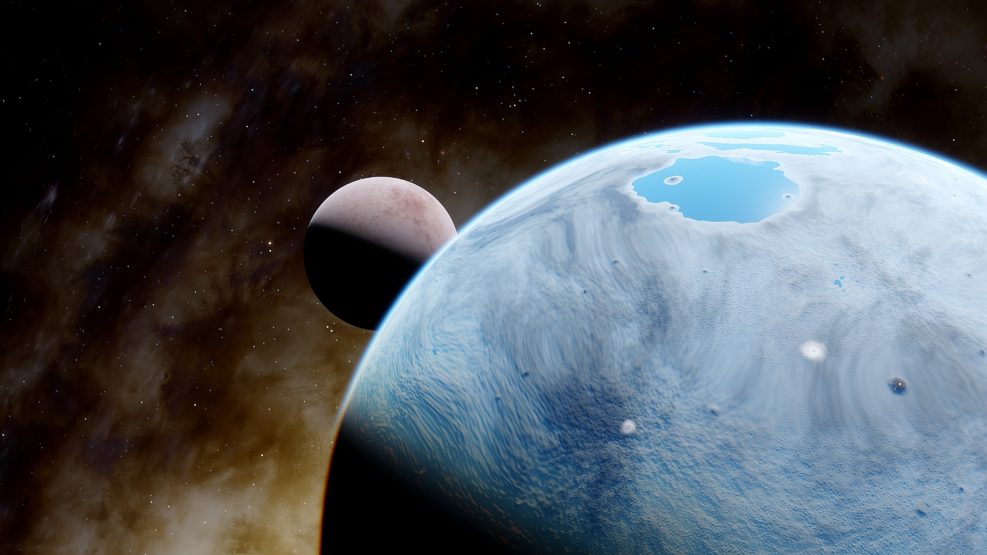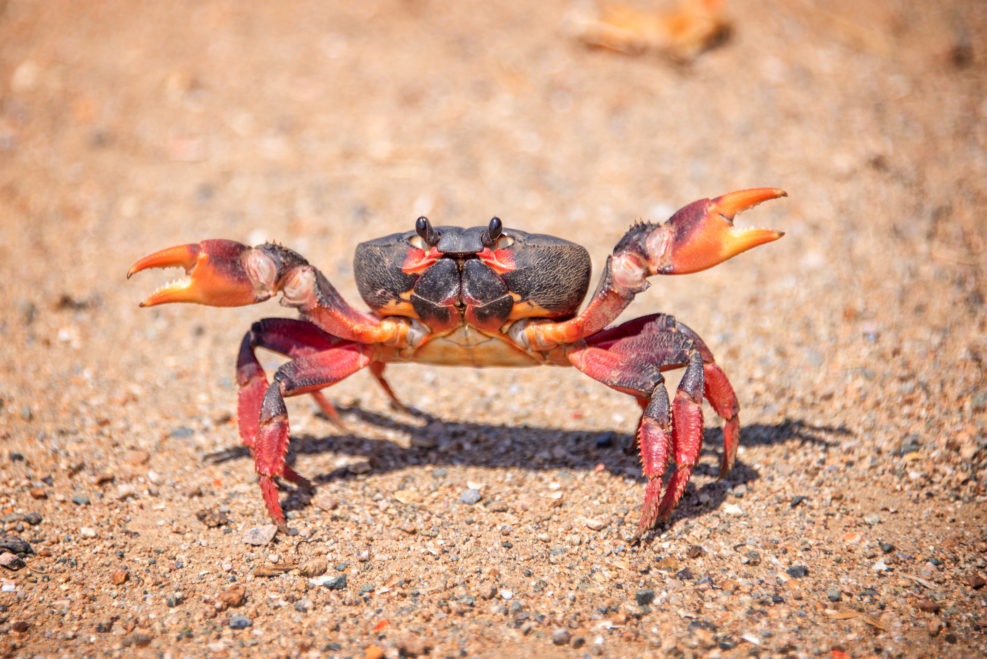
The Search for Extraterrestrial Life 14
According to a new study from the University of Copenhagen, 4.5 billion years ago, there was enough water on Mars to cover the planet in an ocean 300 metres deepOur universe: A recent buzz is the magnificent new map of the universe from Johns Hopkins University, giving some sense of our universe’s nearly unfathomable size. Astronomer Hugh Ross points out at Reasons to Believe that the universe also seems to be designed for observability: Sound implausible? Well, here’s what he says: “ … there’s a relatively narrow time window in the history of the universe during which astronomers can observe 100% of the universe’s past history. Humans are inside that time window now. I also demonstrated that we are living in the one location within this vast universe where intelligent physical life is possible, and where that intelligent life can observe 100% of the past history of the universe. Read More ›

